
We have introduced in the precedent entry of these Histories the main players and movers of things in Hubris – Twilight of the Hellenistic World: the Kings and their Friends. Now we are going to examine what they were fighting over, i.e. as in most of history, land and the resources that could be obtained from it.
Introduction
In Hubris, the key geographical element is the Satrapy, an old Persian word for province that was for the most part retained by Alexander and his successors. In the game, Satrapies are defined by their borders, their possible value in terms of Victory Points and/or Tax Revenues, their Supply Costs to undertake military campaigns, and the Places that they comprise. Some Satrapies include additional features such as Rough Terrain, Shipyards, Military Colonists or are a recruitment market for Mercenaries.
Each Satrapy contains a number of Places, from one to a maximum of six, whose alignment determine who Controls the Satrapy, and to what extent. These Places can be either walled Cities or wild Tribes, implying various means of controlling them.
There is also a number of Sea Areas that touch a number of coastal Satrapies, which allow wide movements of diplomats and mercenaries and, under some constraints, armies. Naval Squadrons based in friendly Port Cities will vie for dominance of these Sea Areas, from where friendly ports can be supported, straits crossings denied, or enemy coastlines plundered.
Most Actions in the game, whether military Campaigns, Envoy (diplomatic) missions or attempts to raise additional taxes target Satrapies or Sea Areas as a whole, rather than individual Places.
Description of a Satrapy
Every Satrapy on the board is shown by a banner which lists:
- its name;
- its value in Victory Points (VPs), if any, for the various Kingdoms (between laurels, in the appropriate color);
- its Tax Value, if any (gold coins icon);
- its Supply Cost value (loaded mule icon);
- if the Satrapy has a Shipyard, an icon of a warship in construction is also shown on the banner.
To the side of the banner are shown a number of small square or circular weights, representing the number of, respectively, Cities and Tribes included in the Satrapy.
Every Satrapy has a corresponding half-size Satrapy Card with the same information, plus a general indication of its location on the map and attached Units (if any). The use of the Satrapy Cards is optional but is quite handy to easily track what Satrapies you control and compute VP totals and Tax revenues when needed.

We see here the Satrapy of Pontos, on the north coast of Anatolia. It has VP values of 0|½ for both Macedon (purple) and the Seleucids (yellow), but none for the Ptolemies (blue). Its Tax values are 0|1 Talents (Ts), and its Supply Costs a forbidding 8 (meaning that every Unit Campaigning in Pontos will have to pay 8 Ts each! Not a very enticing area, though it does have a Shipyard. One can understand how it remained essentially a backwater for centuries…
Note that various Satrapies often offer different VP values for different Kingdoms, showing their relative strategic importance to these. Some Satrapies also have no Tax value, one (Parapotamia) even has neither VP nor Tax value, being on the map only to allow (at the prohibitive Supply Cost of 8…) to bypass the heavily fortified coastal regions of northern Syria…
Pontos borders four adjacent Satrapies (namely Bithynia, Galatia, Kappadokia and Armenia) and one Sea Area (Pontos Euxinos). It presents a textured background evocative of its mountainous character, indicating that, in game terms, it is considered to be Rough Terrain, favoring the defender in battle.
It includes three Places: two Cities (Sinope and Amaseia) and one Tribe (Paphlagones). Let us now look at these in detail.
Places: Cities and Tribes
There are two types of Places in Hubris: Cities and Tribes. Cities are represented by square frames, and Tribes by circular ones. Cities on the map are walled, which means they may only be captured by Siege but can received a garrison (though it may create resentment, especially among Greeks). Tribes represent a number of small villages and hilltop fortresses, typically located in difficult hilly or mountainous areas, which must be subjugated and cannot be garrisoned.

Places are further categorized as being either Subject, Free or Greek:
- Subject Places (shown by a plain unadorned frame and a white name background) have no meaningful civic constituency (or none that Hellenistic kings would accept to deal with) and cannot be the target of diplomatic Actions: one may only bring them to one’s alignment by force, and one may not place Alliances on them;
- Free Places (shown by a flowery frame and a yellowish name background) do have a civic body and can be the target of diplomatic Actions;
- Greek Places (shown by a Greek frieze frame and a blue name background) are essentially a subset of Free Places, with the added characteristic of being Greek communities, which means that they are subject to a number of specific game effects and events, nearly all of them meaning trouble for the players…
Every Place on the map shows an illustration within its frame: these are purely to give you a feel for the type and predominant culture of the communities represented, and have no gameplay signification. Note that they are typically hidden by the Alignment marker when there is one, leaving only the frame to show.
Going back to our example of Pontos, we see that Sinope if a Greek City, Amaseia a Free City and Paphlagones a Subject Tribe.
You will also notice that each of them presents additional icons along its frame:
- Sinope displays an icon including a small anchor and five ship sheds, denoting that it is a Port City which can serve as a naval base, making its bordering Sea Area (Pontos Euxinos) a “Friendly Sea” where friendly Squadrons may operate;
- Amaseia displays at its top right corner the icon of a siege tower with two red pennants flying in the wind, showing it is a particularly formidable stronghold which will impose a To Hit Modifier (THM) of -2 to any would-be besieger;
- Paphlagones also displays a similar icon (this time an armored soldier, showing that, as a Tribe, it must be subjugated rather than besieged like a city such as Amaseia) with one orange pennant, indicating a -1 THM to an attacker.
Alignment: Garrisons and Alliances
In game terms, Places are not “Controlled” (this term applies only to Satrapies), but “Aligned”. Alignment can be achieved by placing either a Garrison or an Alliance (which are, in Hubris, literally the two sides of Alignment markers!).

Garrisons are full square markers in the color of their Kingdom, with its symbol and the black silhouette of a soldier. The shape is a reminder that they can only be placed in Cities (square frames).
Conversely, Alliances are full disks in the color and with the the symbol of their Kingdom, with two white interlinked rings. Again, the shape intends to remind players that only they can be placed on Tribes (circular frames).
Garrisons are typically placed as a result of a successful Siege, while Alliances can be placed either through a successful Envoy diplomatic Action, or (for a City) a successful Siege or (for a Tribe) Subjugation, both as part of a Land Campaign Action. Note that garrisons are not military units and cannot be moved, nor do they cost any maintenance. You may wonder how an Alliance may be placed as the result of a violent capture (Siege or Subjugation), but it was always possible, and often advisable, to simply eliminate or exile opponents and install sympathizers in power in their stead rather than needlessly antagonize such touchy communities as Greeks or tribal groups, not to mention (later in the game) the Romans who can proclaim themselves as the guarantors of the freedom of the Greek cities…
Existing Alignment markers make eligible Places more resilient to adverse Envoy Actions, especially Garrisons, where only the most gifted diplomats (or those with the deepest coffers!) can hope to sway such Cities from their current master. However, a number of game events may play havoc with Alignment markers, especially among the Greeks. I told you Greeks were trouble… 😉 In general, where possible, Envoy Actions are the cheapest way to extend one’s control, and are not considered acts of war, but they place only Alliances which are more fragile than Garrisons. On the other hand, Garrisons are typically the surest way to maintain control, but require very costly military campaigns to impose, and may generate considerable ill will.
A few Places are also marked by a banner icon in specific colors and sporting assorted symbols. These mark either the Capital Cities of the three Kingdoms or Heartland Places of Minor Powers, which, when holding an Alliance, allow usage of their associated Minor Units. We will discuss these more in detail in a subsequent entry on military campaigns.

Degrees of Control
You may remember that the VP and Tax values of Pontos are actually showing two numbers, separated by a vertical dash: this is because two different degrees of Control can be achieved, and most Satrapies grant different values according to the degree of Control achieved.
Simple Control is achieved by having more than half the Places in a given Satrapy Aligned with one’s Kingdom: in the case of Pontos, this means at least two of them (out of the three in the Satrapy).
Full Control is achieved by having all Places in a given Satrapy Aligned. Note that, in Satrapies with only one or two Places, Simple and Full Control are the same, since the only way to have more than half of them is to have them all.
When only a single number is shown for a given value, that value is granted as soon as any degree of Control (Simple or Full) is achieved.
Obviously, only one Power may achieve any degree of Control over a given Satrapy, since no Powers may simultaneously have more than half of its Places Aligned with themselves.
Going back to our example of Pontos, this means that Macedon or the Seleucids need Full Control (all three Places Aligned) to be granted the ½ VP available to them, and so does any Power (including the Ptolemies) to get the 1 T in Tax. Luckily, not all Satrapies are so poor in VPs or Tax revenues: see the Delta in Egypt, which is the richest on the whole map, for contrast!

Note that Tax values may be reduced in three cases:
- Should a Satrapy be Controlled through an absolute majority of Alliances, its Tax value is halved;
- Should a Satrapy be Ravaged as a result of military Campaigns or Events, its Tax value is halved;
- Even worse, should a Kingdom be At War during the Revenue Phase (i.e. at the beginning of a turn), its total Tax revenue is halved: bear in mind that game turns are 5-years long, so this represents the economic disruption resulting from colonist-soldiers being called to war and trade patterns being disrupted over a long period.
All these are cumulative…
Military Colonists and Mercenaries
As mentioned in the introduction, some Satrapies are home to Military Colonists, typically veterans installed by Alexander’s successors in their new kingdoms to provide them with a local and ready source of Greeks and Macedonians for their armies, though it may also include some local peoples with a strong military tradition such as Medes in the Upper Satrapies.
Whoever Controls such a Satrapy may Muster this Military Colonist when needed, for the duration of the turn. For instance, the Cleruchs Unit is a Military Colonist Unit attached to the Satrapy of Delta.

Other Units that can join a Kingdom’s armies are Mercenaries. Similarly to Military Colonists, Mercenaries have one or several Home Satrapies. Unlike them however, Control of these is not mandatory to add them to one’s forces, but simple presence through possession of an Alignment marker in any of these Home Satrapies. Such presence allows a Kingdom to bid for the services of the attached Mercenary Unit during the Mercenary Phase preceding the Action Phase, or to Muster them if left unhired during the Action Phase.
For example, the Mysians Mercenary Unit may be Hired by any Kingdom with an Alignment marker in either Mysia, Lydia-Phrygia or Ionia, as shown on the map.

It should be noted that Kingdoms cannot create new Units (except through some very few Events), and so are limited to those few Royal, Military Colonist, Mercenary and Minor Units that exist to wage war. Control or presence of the Satrapies providing access to these Units is hence a critical dimension of the game.
Geographical Continuity: Land and Sea Paths
It is useful to bear in mind the time scale of Hubris: every game turn represents a period of five years. In game terms, this means that, barring any kind of opposition, any person or force could traverse the map from one end to the other within any given turn. As a result, there is no concept of movement allowance or movement points in the game.
Instead, one should think of one’s Kingdom as a coherent core, provided that all its Controlled Satrapies are Adjacent by land: we talk of a “Land Path”. Accordingly, leaders, forces and individual units can freely be moved or mustered from one Satrapy to another as long as a Land Path exists between them. However, as soon as one leaves that core to enter its uncontrolled periphery, or meet an enemy Force, movement halts and war ensues.
A similar concept exists for naval operations, involving chains of Friendly Sea Areas, i.e. Sea Areas bordered by at least one Aligned Port City. Here, the restriction is even stronger as, lacking the support provided by friendly naval bases, Squadrons cannot even enter a non-Friendly Sea Area, meaning that control of a adequate Port City, either through diplomacy or land action must always precede the extension of naval power. Note that, unlike a Satrapy which can only be Controlled by at most a single Kingdom at a time, a given Sea Area may be Friendly to several Powers at the same time, as long as each of them holds an Aligned Port City bordering that particular Sea Area, making contestation of sea power possible…
Diplomatic Actions, called “Envoy”, are the least limited of all, being essentially allowed to target any Coastal Satrapy as long as one owns an Aligned Port City somewhere. Landlocked Satrapies must be targeted from adjacent Satrapies. Similarly, freshly Hired Mercenaries may be freely repositioned during the Mercenary Phase along Land Paths or any chain of Sea Areas (Friendly or not).
Now that we have looked at the leaders and the map, I will cover in the next installment of these Histories the particulars of War and Peace in the game…
Previous Articles:
The Hubris Histories – Book 1: Historical Overview
The Hubris Histories – Book 2: The Kings and their Courts

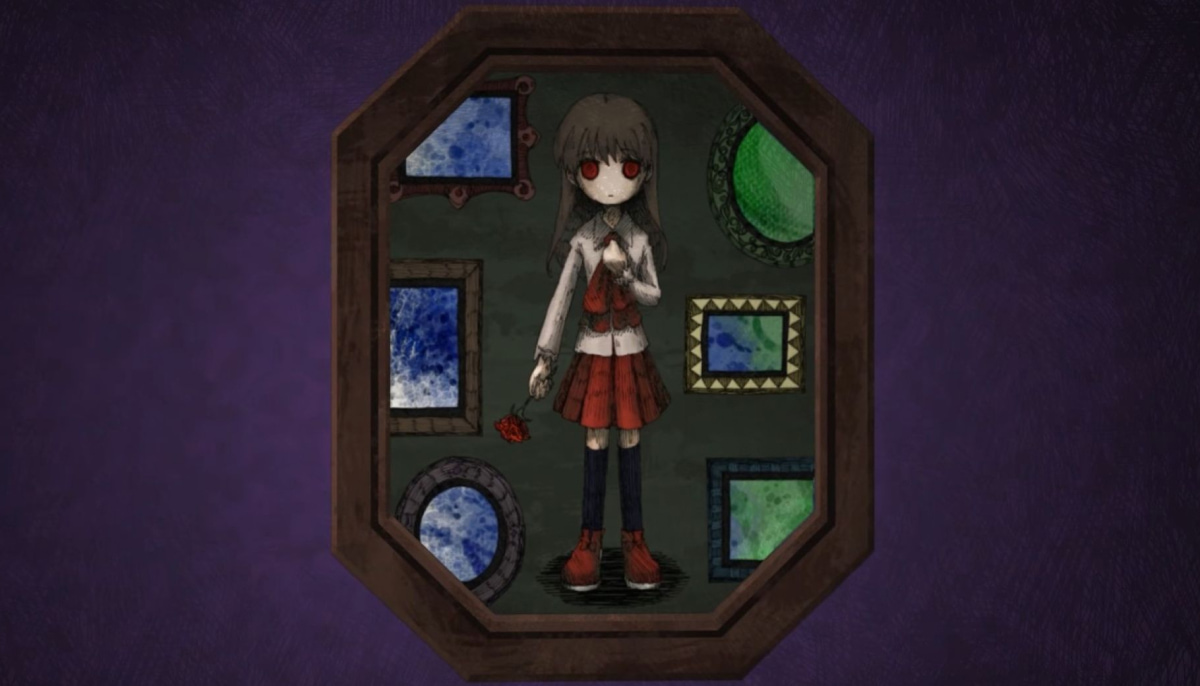
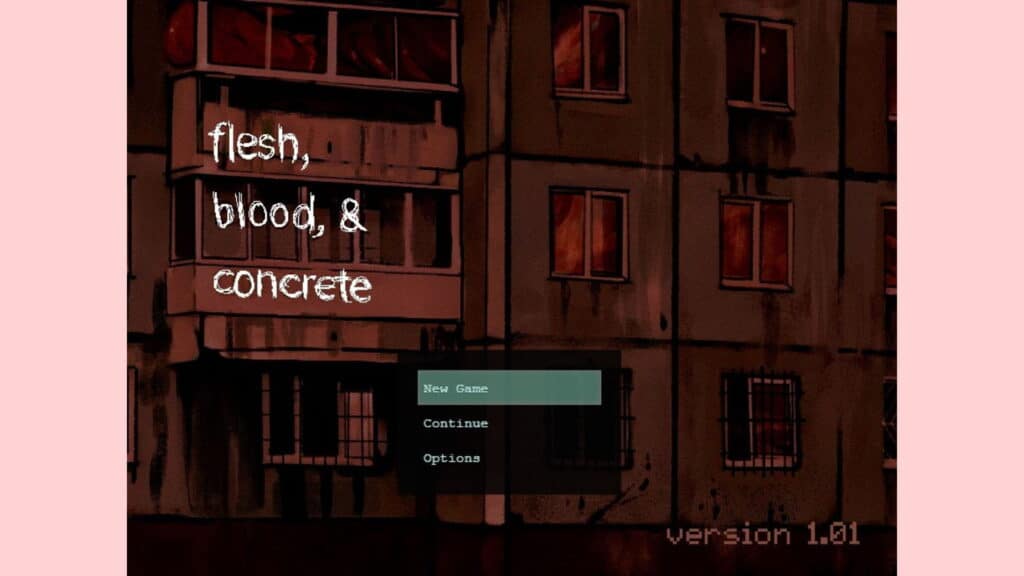
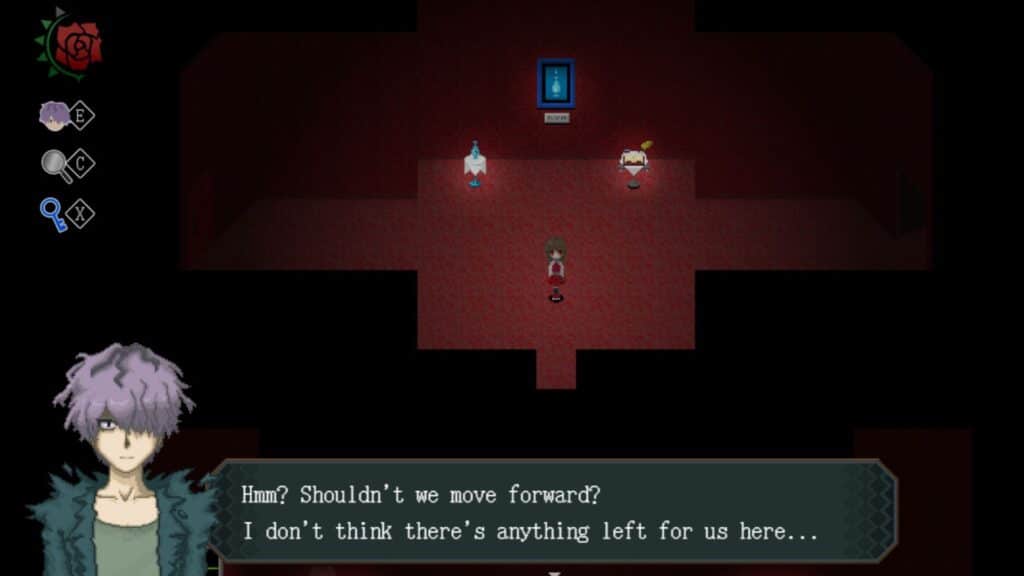
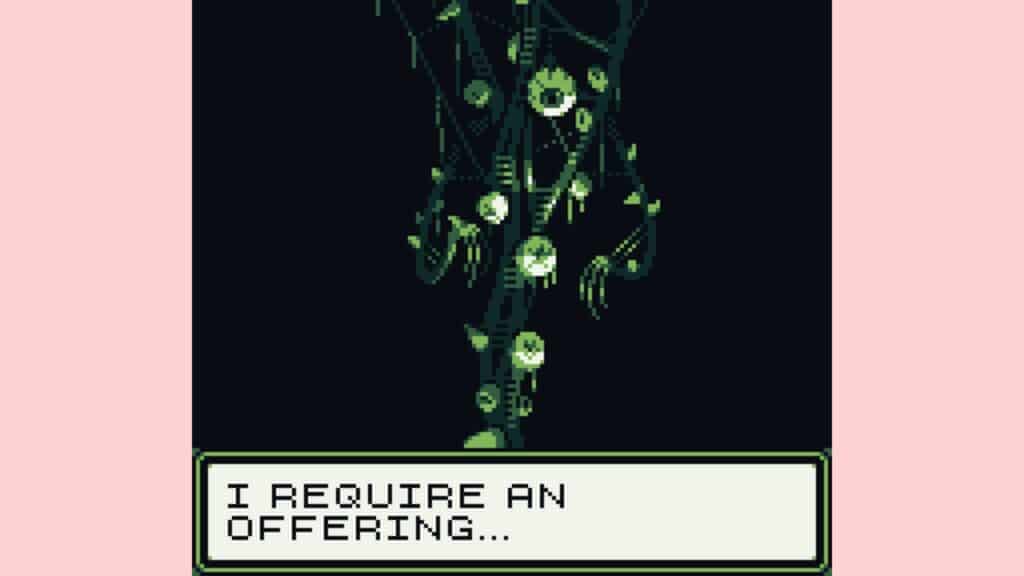


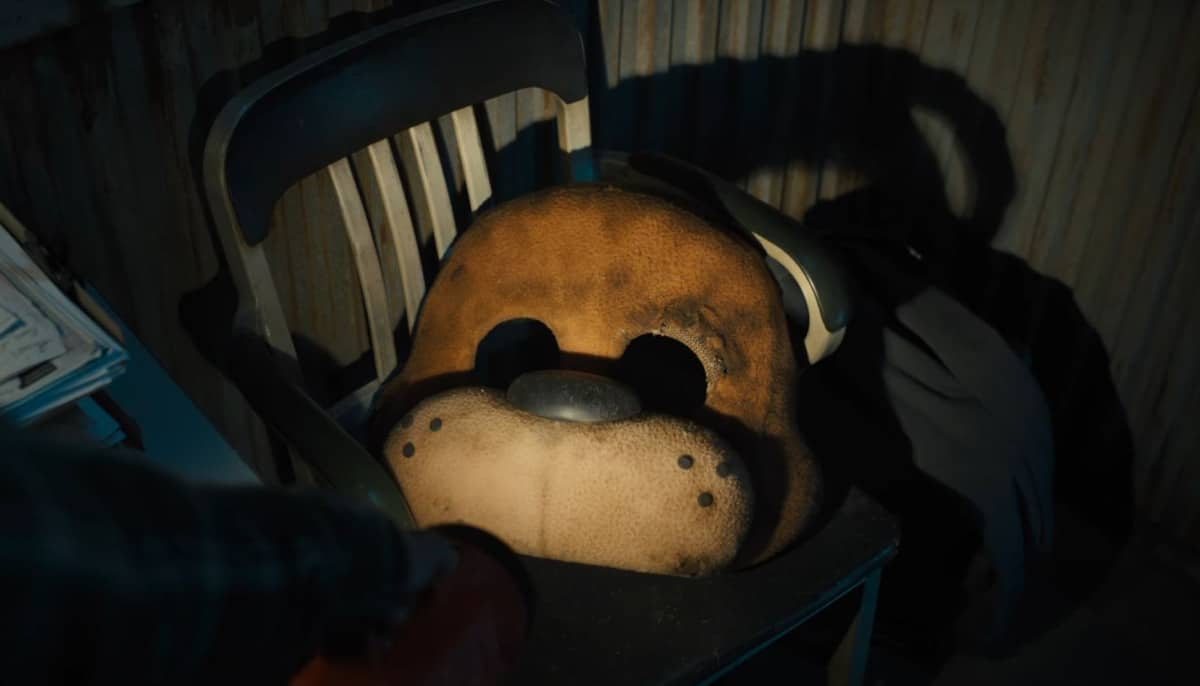
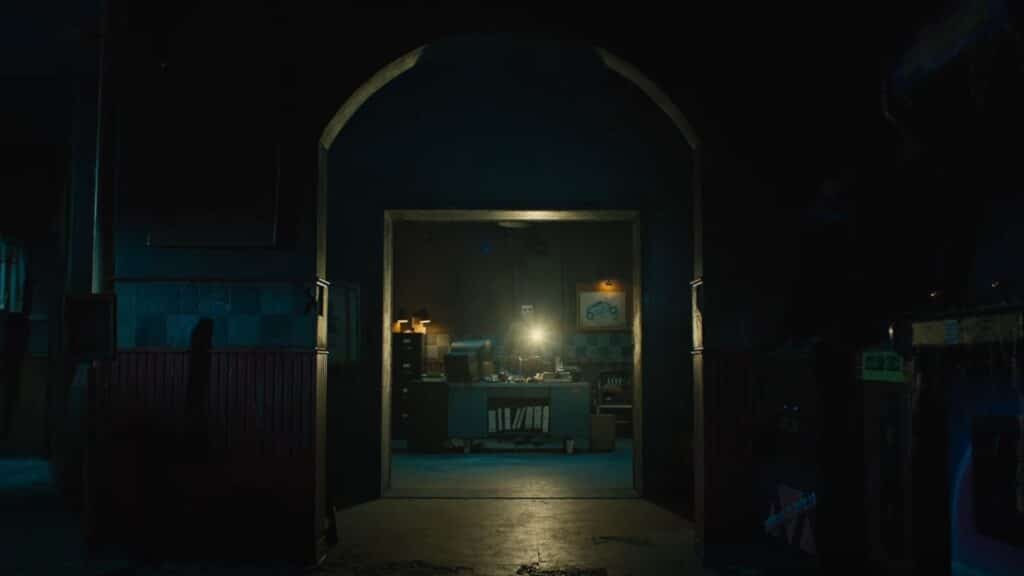
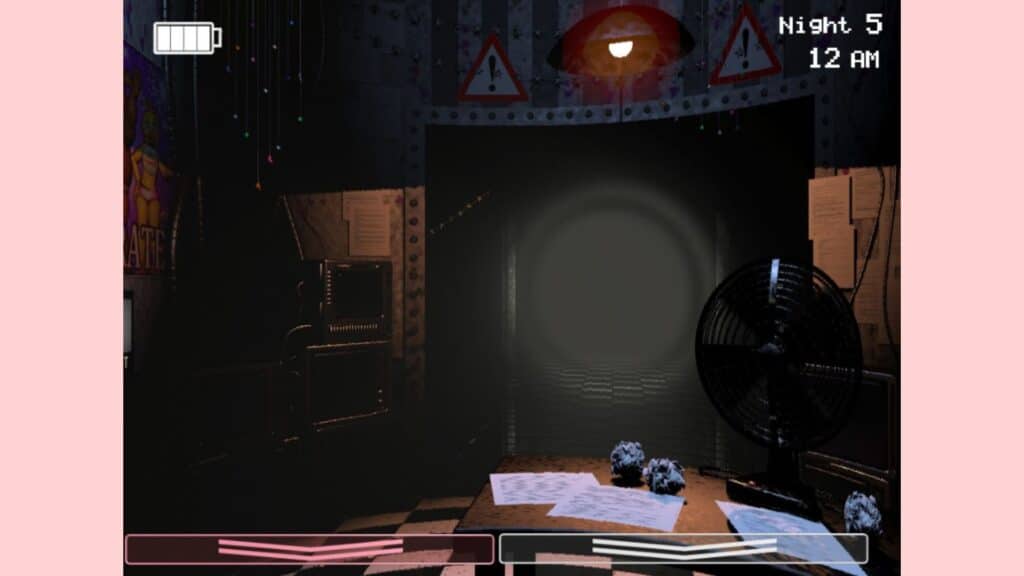
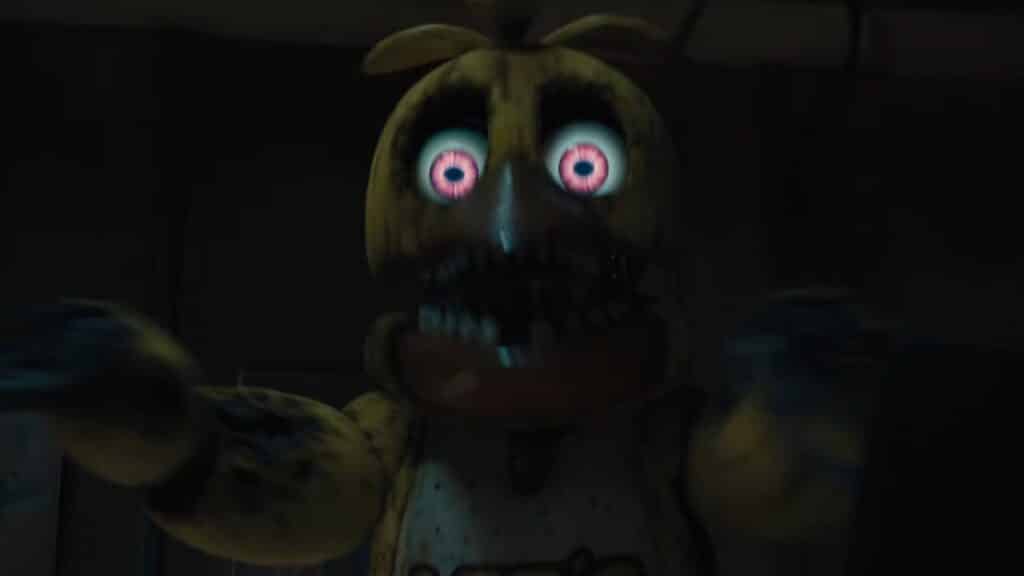
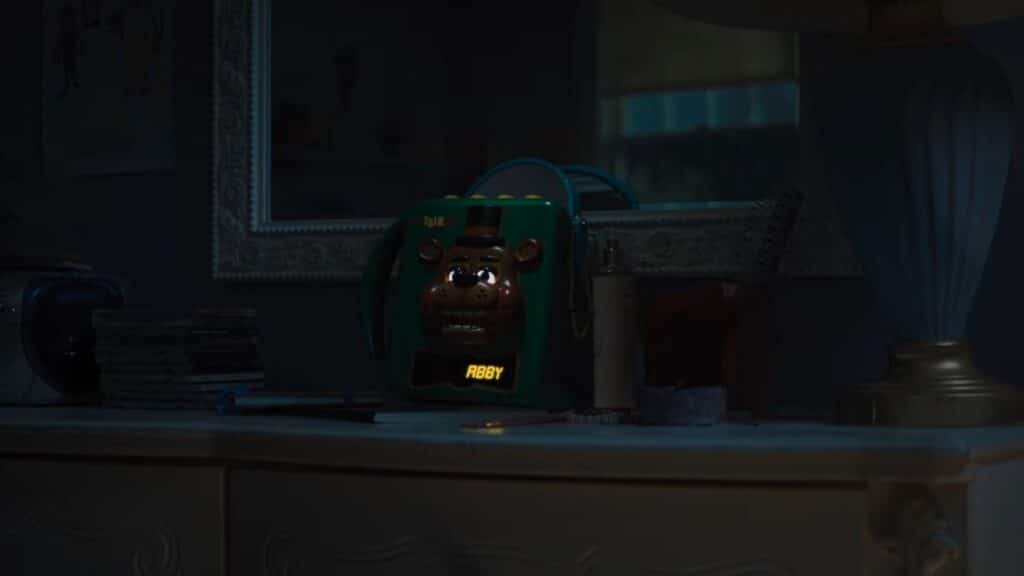
![Destiny 2: The Edge of Fate’s story plots a brilliant future that is becoming harder to envision [Review]](https://histream.ir/wp-content/uploads/2025/07/Destiny-2-The-Edge-of-Fate-sets-a-bold-course-for-the-future—but-will-it-stay-on-track.jpg)
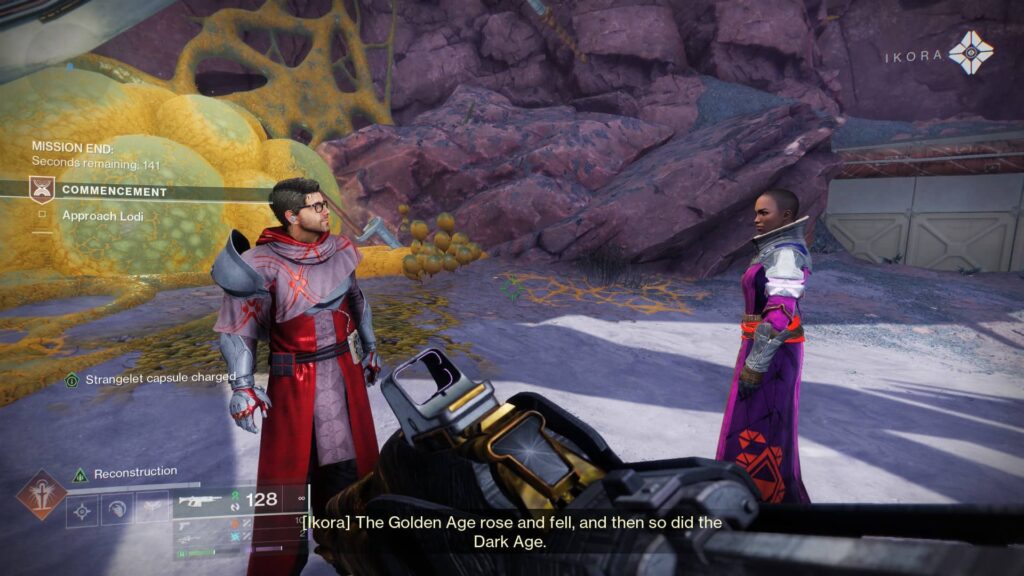
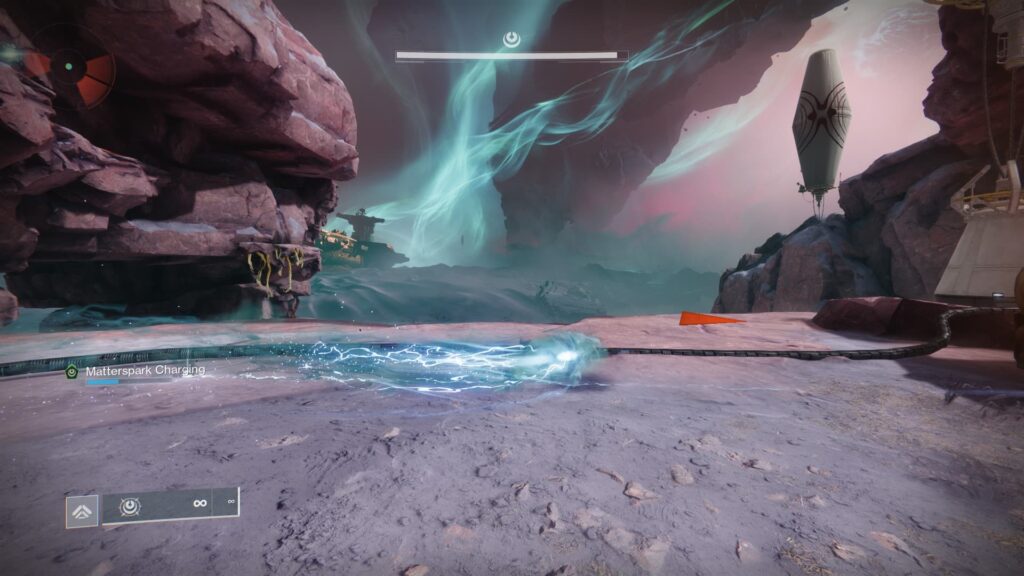
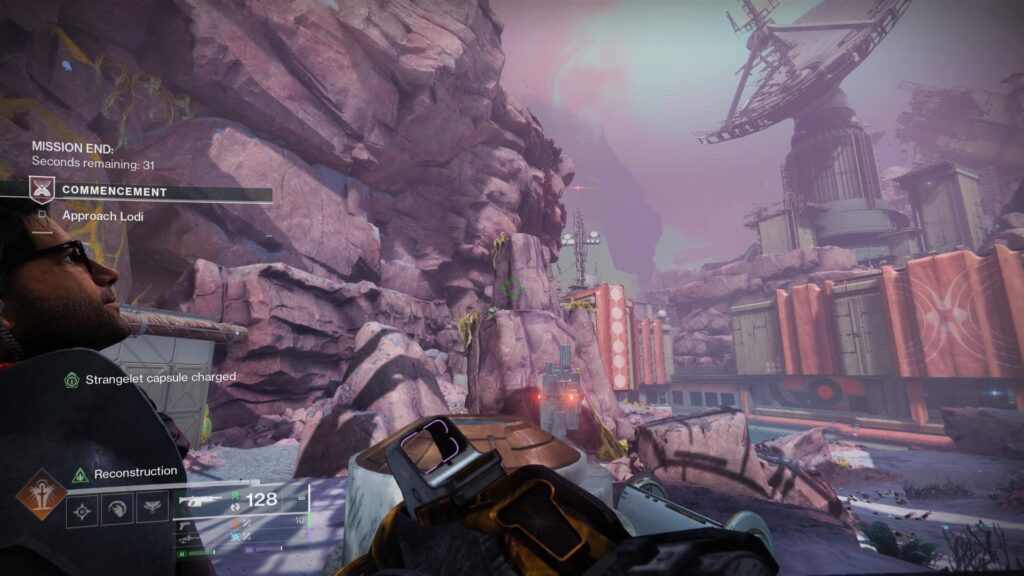
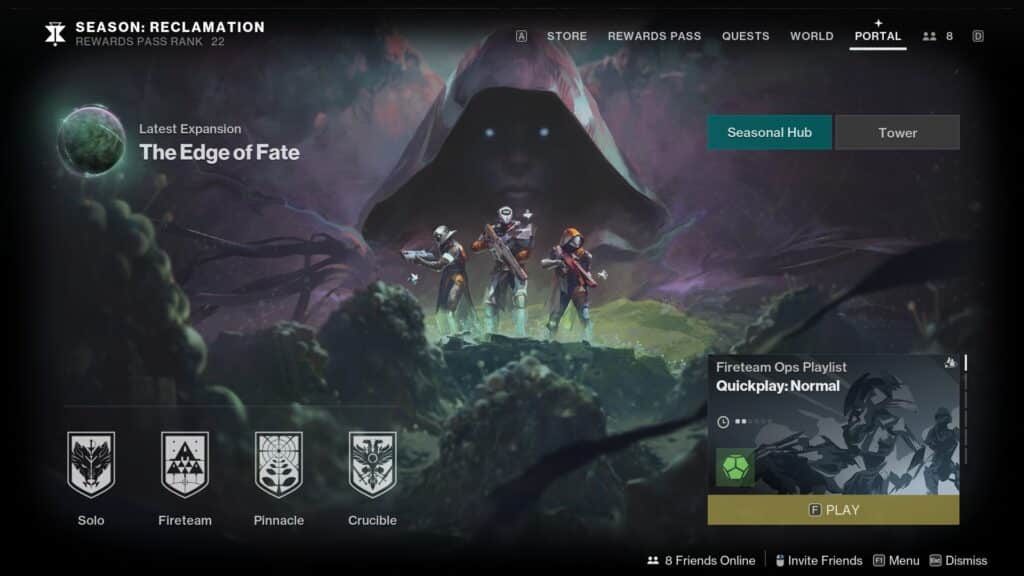
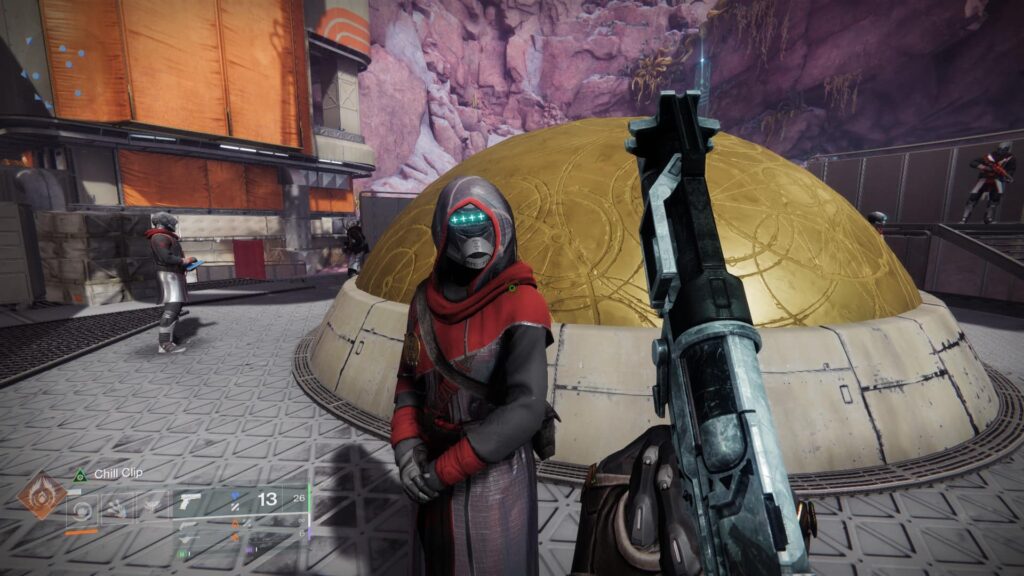
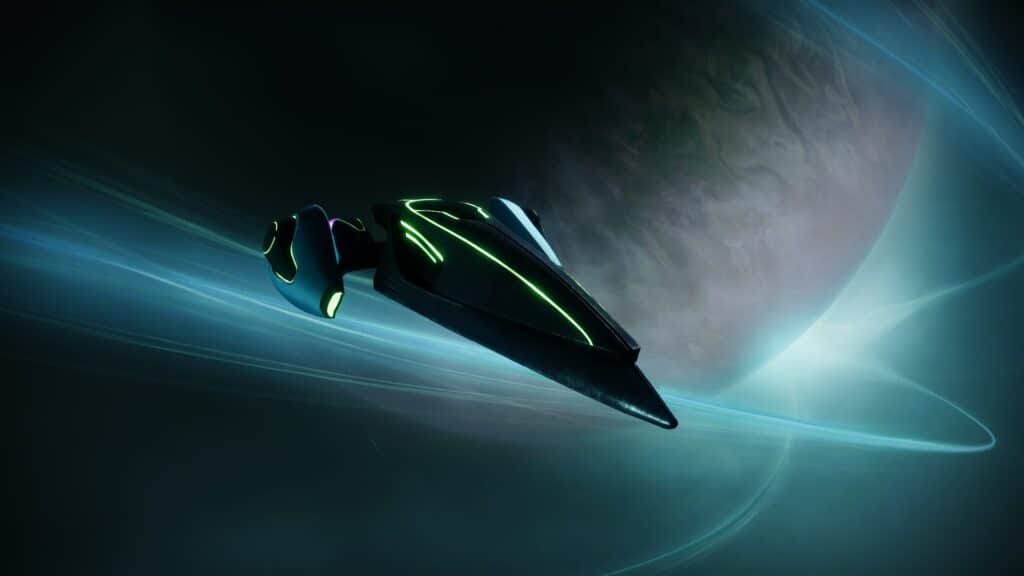
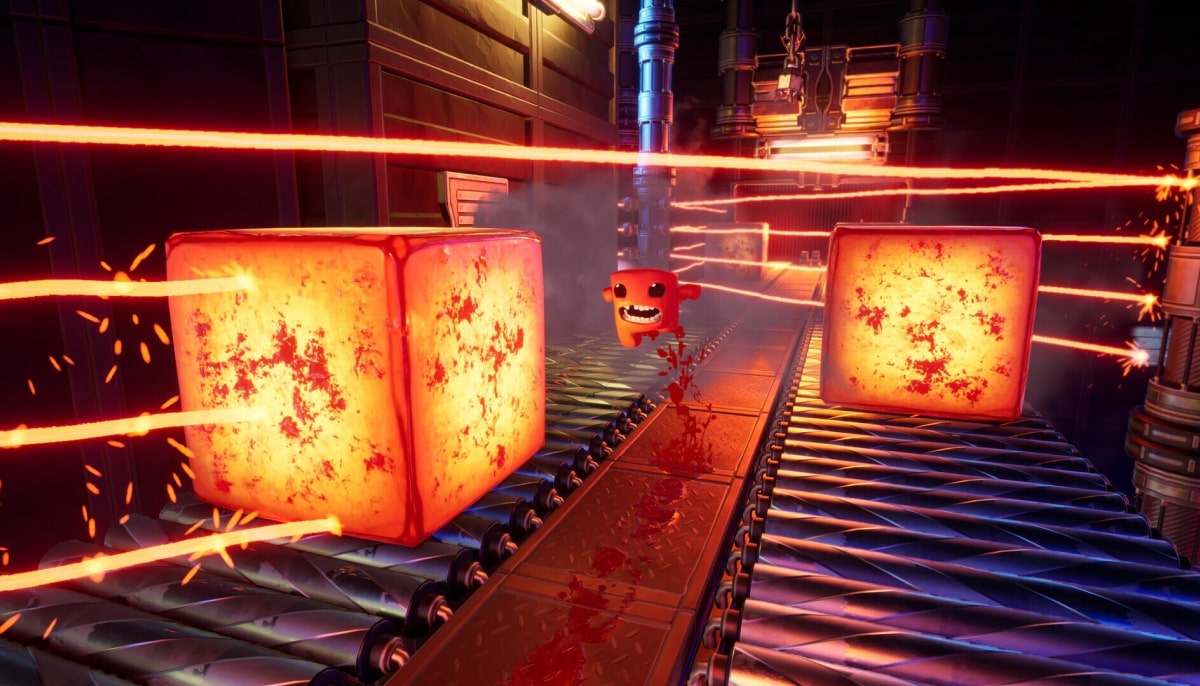
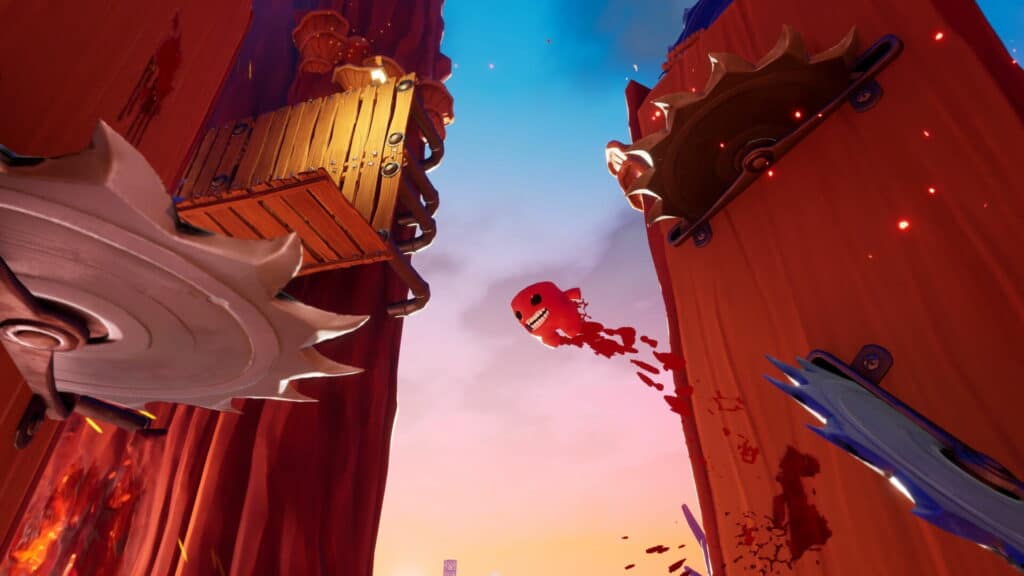
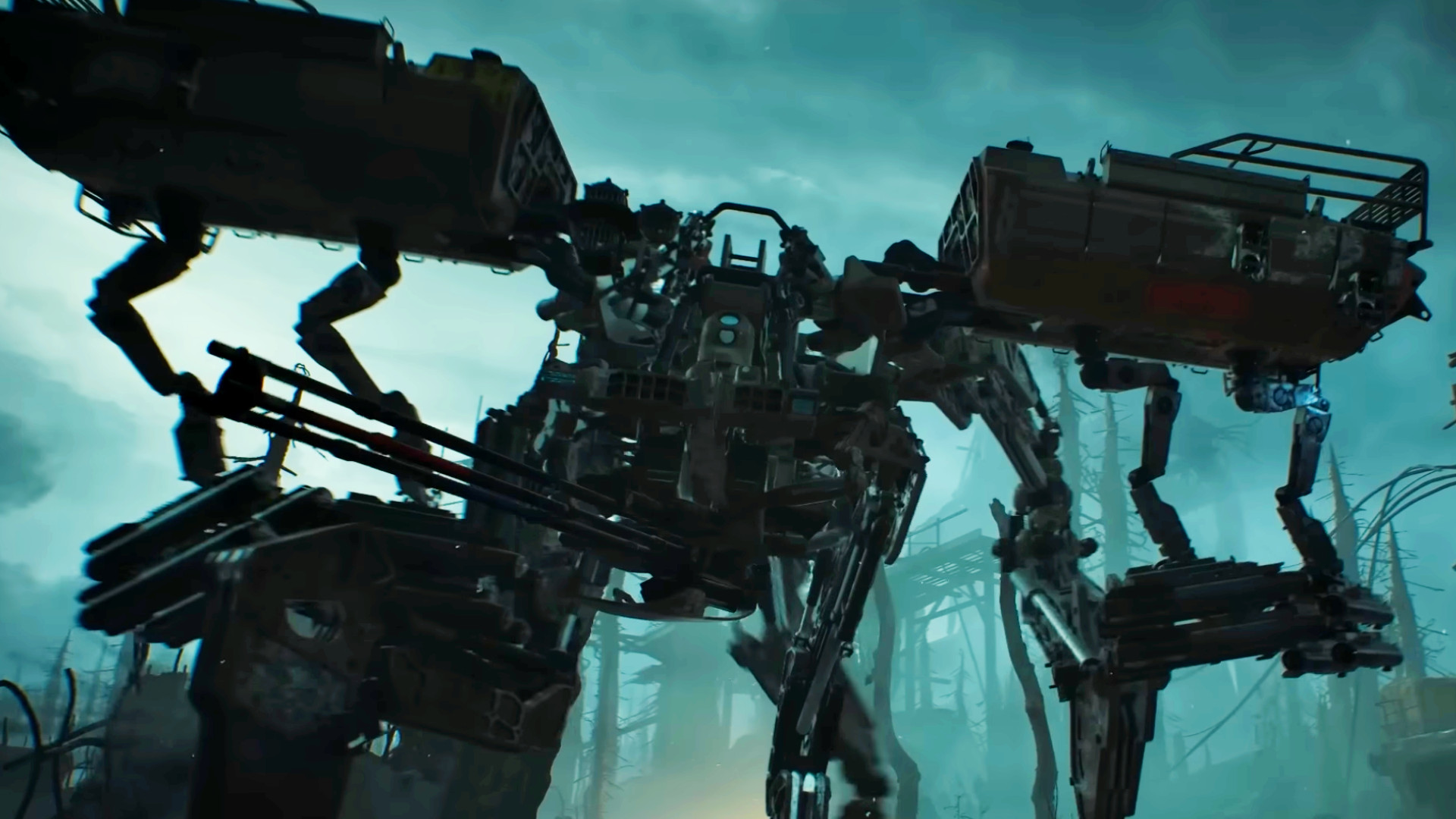


Published: Jul 28, 2025 01:15 pm